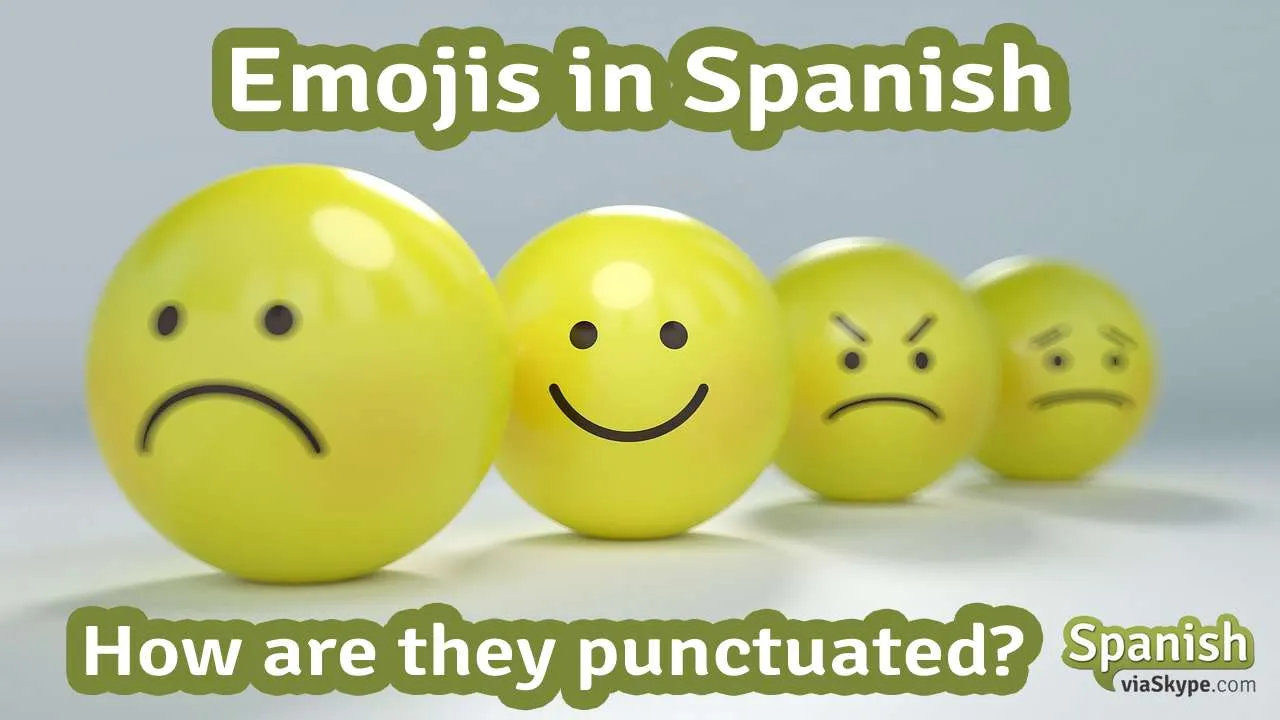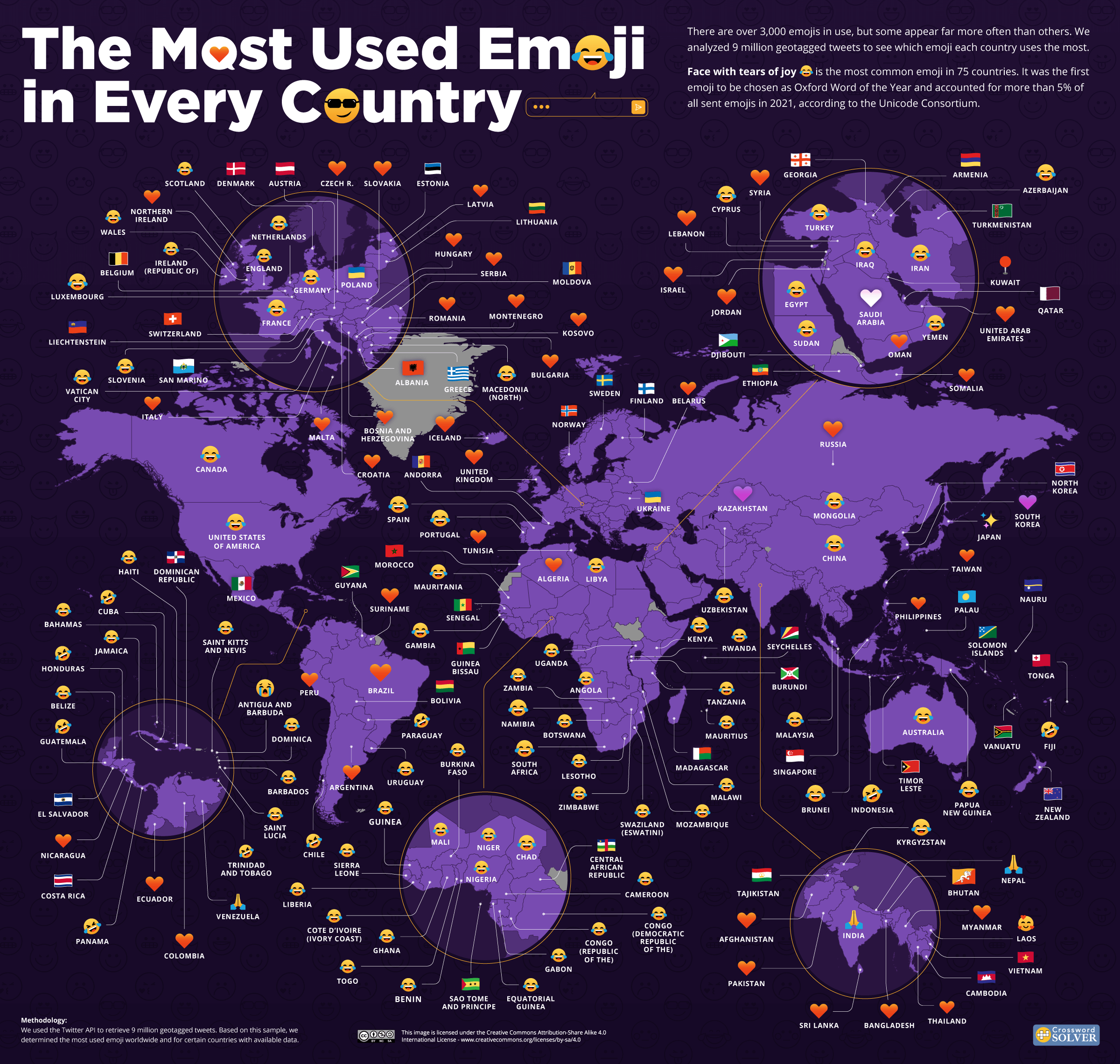Emojis may look universal, but their use varies across cultures. This cultural breakdown of the most used emojis in different countries shows how people worldwide express emotions differently.
Emojis are more than fun icons—they are a global language of expression. But did you know that the meaning and popularity of emojis can change from country to country? What feels friendly in one culture may carry a completely different vibe in another. In this cultural breakdown, we explore the most used emojis in different countries and what they mean in everyday digital conversations.
Why Emoji Usage Differs Across Cultures
The way people use emojis is shaped by:
- Local traditions and customs – cultural values often influence which emojis feel respectful or appropriate.
- Communication style of the culture – some cultures prefer subtle emojis, while others use bold, expressive ones.
- Popular social media platforms – local apps (like KakaoTalk in Korea or WhatsApp in India) affect emoji choices.
- Age groups and digital habits – younger users experiment with trendy emojis, while older groups stick to basics.
- Emotional expression preferences – some cultures use emojis to soften tone, others to exaggerate feelings.
- Festivals and celebrations – seasonal or holiday emojis become very popular in specific regions.
- Language differences – emojis often fill in where words don’t fully translate across languages.
- Pop culture and trends – TV shows, K-pop, or sports events can make certain emojis go viral locally.
- Professional vs. casual use – in some countries, emojis are common even in work chats, while in others they’re avoided.
- Device and keyboard availability – certain emojis are easier to access on local devices, shaping usage patterns.
This explains why some emojis are universal while others are culturally unique.
Most Used Emojis in the USA and UK
In English-speaking countries, people love humor and sarcasm, which shows in their emoji choices.

- Laughing face – for jokes, memes, and friendly chats
- Red heart – for friendship, love, and support
- Fire – for trends, excitement, or compliments
- Thumbs up – quick approval or agreement
- Face with tears of joy – the all-time favorite for humor
Most Used Emojis in the Middle East (Arabic-Speaking Countries)
In Arabic culture, respect, family, and faith strongly influence emoji use.

- Heart symbol – often used in greetings and respect, not always romantic
- Folded hands – for prayers, blessings, and well wishes
- Star and crescent – used in religious or cultural messages
- Gentle smile – polite and kind interactions
- Flowers – often used in greetings and family chats
Most Used Emojis in Spanish-Speaking Countries
In Spain and Latin America, expression is more open and passionate.

- Red heart – strong emotional and romantic use
- Clapping hands – celebration and encouragement
- Dancing woman – fun, festivals, and music vibes
- Crying with joy – expressing extreme excitement
- Flame icon – energy, parties, and enthusiasm
Most Used Emojis in Korea and Japan
Here, emojis are often subtle, cute, and respectful, reflecting cultural values.
- Blush face – gentle happiness or shyness
- Sparkles – used for positivity or aesthetic looks
- Food icons – popular with K-culture and J-culture fans
- Flowers – politeness and good wishes
- Stars and moons – calm, dreamy, and artistic expressions
Most Used Emojis in India and South Asia
In India, Pakistan, and nearby countries, emojis often reflect family ties and celebrations.
- Folded hands – respect, blessings, and greetings
- Party popper – festivals, birthdays, and special occasions
- Laughing face – fun and casual family chats
- Religious symbols – used in prayers and wishes
- Heart and smiley – warmth in family group messages
How Brands and Marketers Can Use This Cultural Breakdown
Understanding emoji usage in different countries can help businesses and creators connect better with audiences.
- Social media campaigns can target local trends
- Customer support messages can feel warmer with the right emoji
- Marketing strategies can avoid misinterpretations across cultures
- Brands can increase engagement by adapting to local emoji meanings
Use Our Emoji Copy Paste Tool for Global Communication
To explore emojis for your own posts, captions, or campaigns, try our free Emoji Copy Paste Tool. It helps you:
- Access emojis instantly with one click
- Explore by category or theme
- Use the most popular emojis 2025 globally
- Copy emojis for social media, blogs, or marketing posts
👉 Visit here: Emoji Copy Paste Tool
Final Thoughts
The most used emojis in different countries show how culture shapes digital communication. From humor in the USA to respect in Arabic chats, from passion in Spanish-speaking regions to subtle emotions in Japan, emojis carry more meaning than you may think. By understanding these cultural differences, you can connect more effectively in both personal and professional communication.

